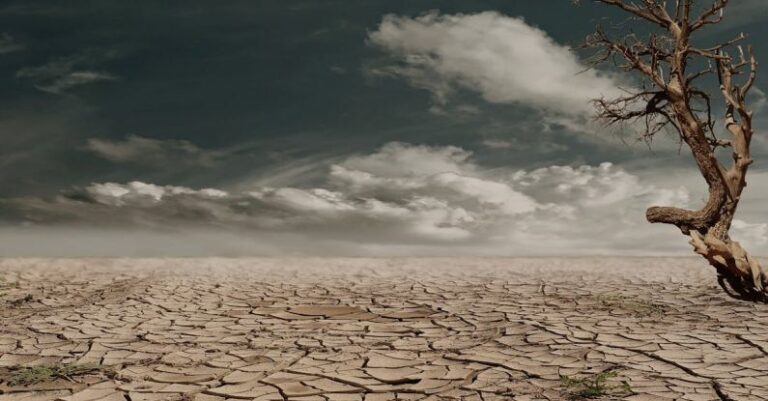
Matter is all around us, taking on various forms and states. Understanding the different states of matter is fundamental to comprehending the world we live in. The concept of matter can be divided into four primary states: solid, liquid, gas, and plasma. Each state is characterized by distinct properties and behaviors governed by the arrangement and movement of atoms and molecules. Let’s delve into the fascinating world of the different states of matter.
**Solid**
Solid is the state of matter with a definite shape and volume. In a solid, the particles are tightly packed together in an orderly arrangement. This close arrangement restricts the movement of the particles, causing solids to maintain their shape unless an external force is applied. Solids are known for their rigidity and resistance to compression. Examples of solids include ice, wood, and metals.
**Liquid**
Liquid is a state of matter that has a definite volume but takes the shape of its container. In liquids, particles are still closely packed, but they have more freedom of movement compared to solids. This increased mobility allows liquids to flow and take the shape of their container. Liquids are also relatively incompressible. Common examples of liquids include water, milk, and oil.
**Gas**
Gas is a state of matter that has neither a definite shape nor volume. Gaseous particles are spaced far apart and move freely in all directions at high speeds. This freedom of movement allows gases to expand to fill the entire volume of their container. Gases are highly compressible due to the significant distance between particles. Examples of gases include oxygen, carbon dioxide, and helium.
**Plasma**
Plasma is the fourth state of matter, distinct from solids, liquids, and gases. Plasma is formed when a gas is heated to extremely high temperatures or exposed to a strong electromagnetic field, causing the atoms to ionize and separate into positively charged ions and free electrons. Plasma is often described as a collection of charged particles that exhibit unique properties such as conductivity and response to electromagnetic fields. Lightning, stars, and neon lights are examples of naturally occurring plasmas.
**Properties and Transitions**
Each state of matter exhibits specific properties that define its behavior. Solids have a fixed shape and volume, liquids flow and take the shape of their container, gases expand to fill their container, and plasma conducts electricity. Transitions between states of matter can occur through changes in temperature or pressure. For example, melting is the transition from a solid to a liquid, while vaporization is the transition from a liquid to a gas.
**Applications and Significance**
The understanding of the different states of matter is crucial in various scientific fields and everyday applications. Engineers use knowledge of material properties to design structures and machines, while chemists study the behavior of substances in different states to develop new materials and products. The study of plasma is essential in fields such as astrophysics and the development of advanced technologies like plasma TVs and fusion reactors.
**In Summary**
The different states of matter—solid, liquid, gas, and plasma—each possess unique properties and behaviors that play a vital role in our understanding of the physical world. From the rigidity of solids to the free-flowing nature of liquids, and the expansive qualities of gases to the conductivity of plasma, matter exists in diverse forms with distinct characteristics. By exploring the states of matter, we gain insight into the fundamental building blocks of the universe and the dynamic interactions that shape the world around us.





